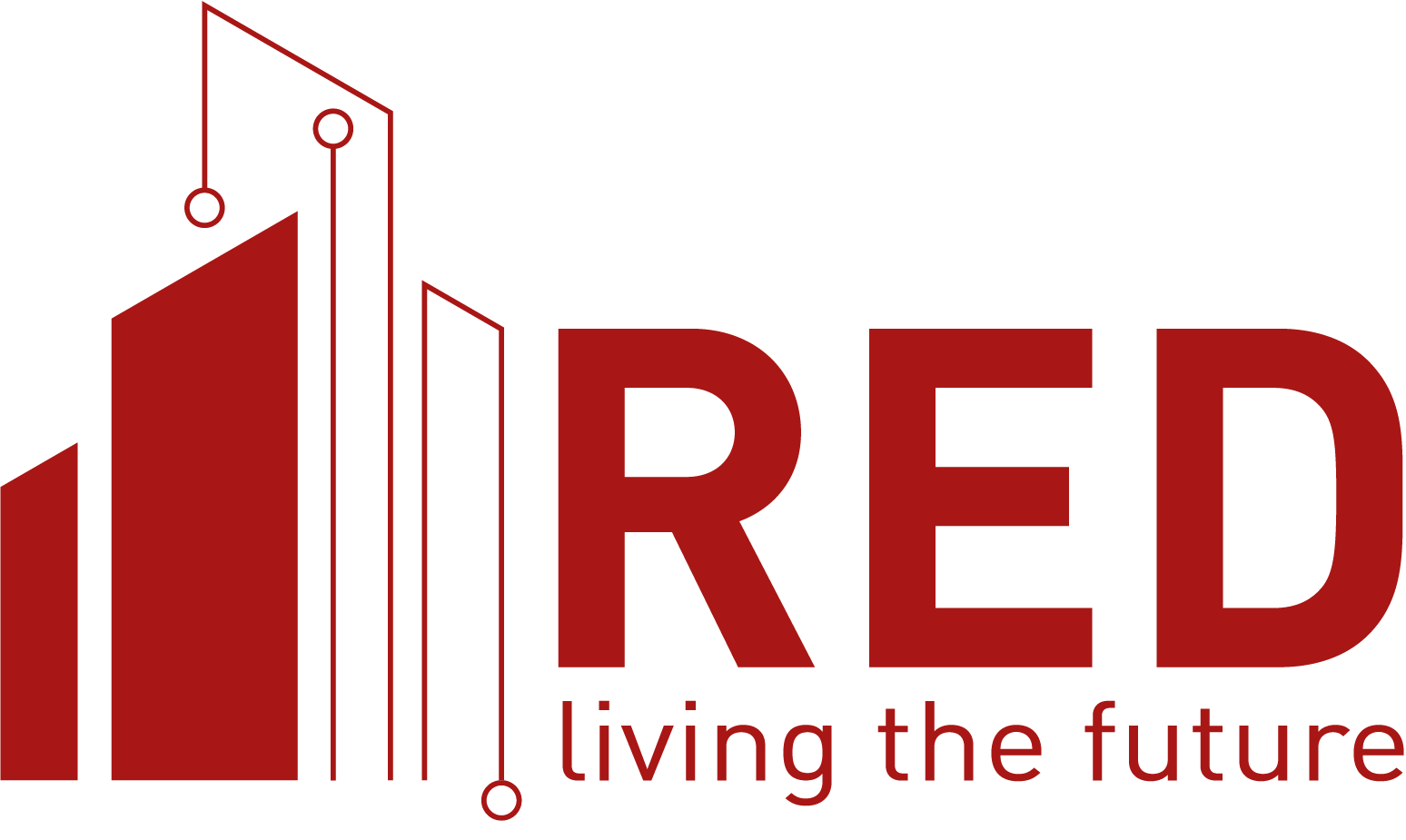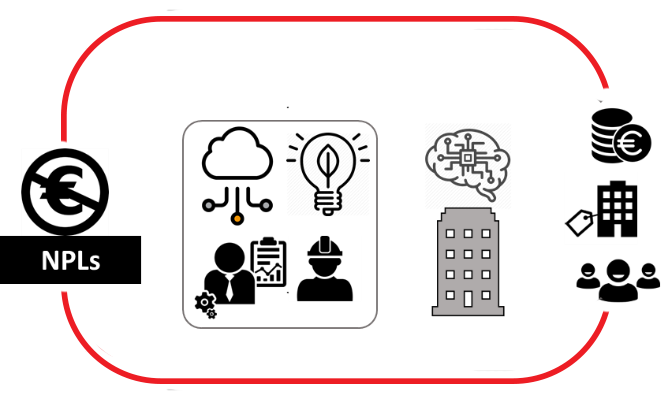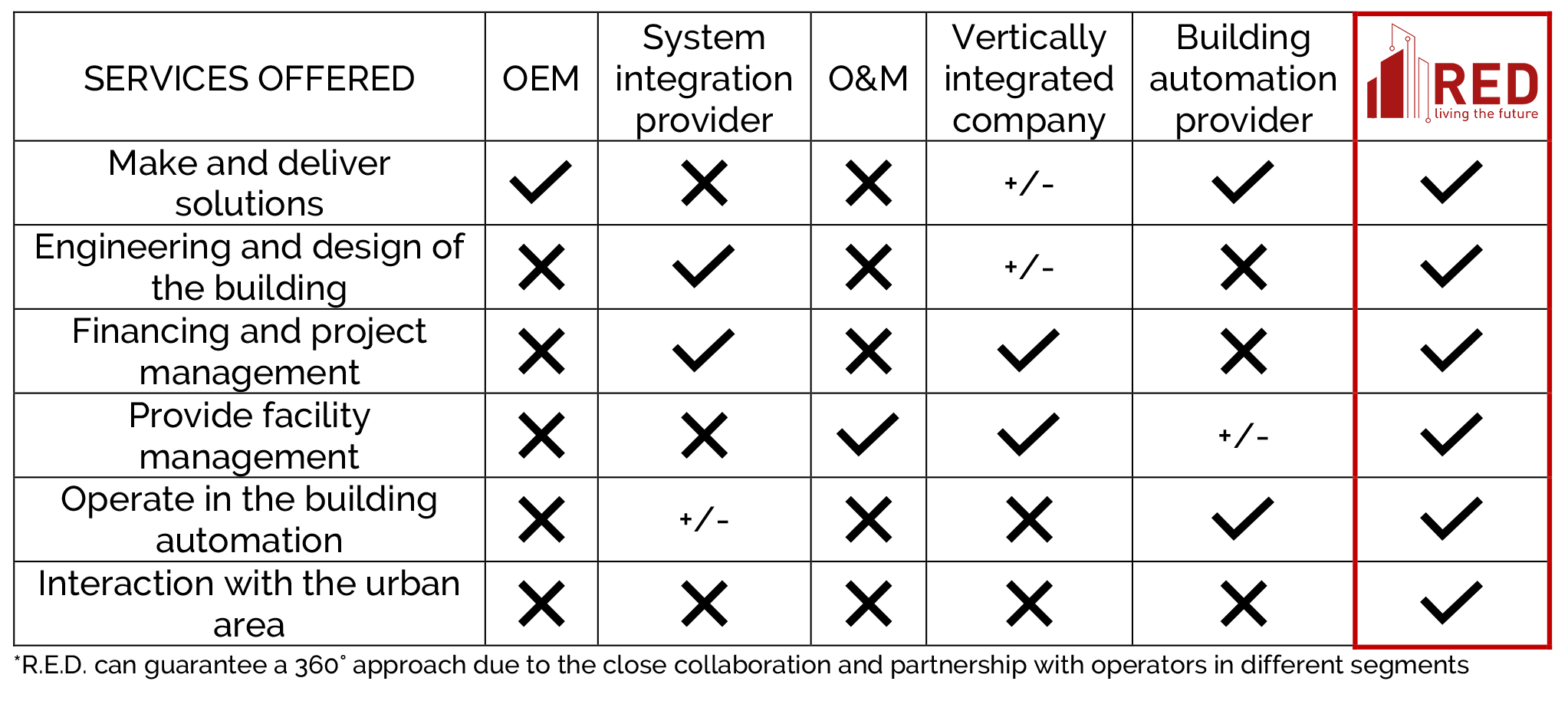Investors
Red is oriented to design, incubate and develop models of complex housing contexts able to meet and satisfy the changing needs of the market starting from the recovery and enhancement of financially non-performing assets (NPL). Red addresses banks, funds, investors in general and ReoCo..
Credit risk is one of the first three priorities for supervisory work. NPLs are putting pressure on the European banking sector, as they are considered one of the main reasons for the low aggregate profitability of European banks, although the level of NPLs and outlook is very diverse across the euro area. For this reason, in March 2017, the ECB's banking supervision issued guidelines for banks on NPLs, which provided an effective tool for banks to address NPLs. As part of the guide, senior NPL banks were asked to agree on strategies for dealing with NPL stocks. In March 2018, the ECB's banking supervision published an addendum to this guide setting out supervisory expectations for the provision of new NPLs. According to the report published in 2018 by the European Banking Authority (EBA), there is a reserve of € 50.6 billion of impaired exposures for real estate assets in Europe. The countries of the South and East are the most affected by the NPLs: Bulgaria, Spain, Greece, Hungary, Ireland, Italy, Portugal, Romania and Slovenia have an NPL ratio of more than 10%.
By 2020 all new buildings in EU countries must be nearly zero energy (nZEB) as stated in the amended Directive on the Energy Performance of Buildings (EU) 2018/844 which entered into force on 9 July 2018. This means that the EU building sector must develop and implement more innovative solutions to improve the energy efficiency of buildings and contribute to the achievement of energy and climate policy objectives. The same directive also introduced the "Smart Readiness Index", an indicator that will allow to assess the capacity of buildings (or building units) to adapt their operation to the needs of occupants, also optimizing energy efficiency and overall performance, and to adapt their operation in response to signals coming from the network with a view to maximum energy flexibility. To be considered intelligent, a building should include functions that include automation and user-friendly controls, going beyond the concept of energy efficiency and healthiness, recognizing and reacting to the needs of users and inhabitants to optimize comfort, indoor air quality, well-being and operational requirements. This opens up the possibility of collecting and using consumption patterns for building management, setting future maintenance and renovation strategies. Last but not least, COP21's Paris agreement recognises the role of cities and calls on them to rapidly reduce greenhouse gas emissions and adapt to climate change. The EU is committed to implementing Agenda 2030 for sustainable development, including the objective of sustainable development 11 ("Making cities inclusive, safe, resilient and sustainable").
Broadband Internet is gradually spreading, the cost of connection decreases, more devices are created with integrated Wi-Fi capabilities and sensors, technology costs are going down, and smartphone penetration is incredible. All these things are creating a perfect storm for the Internet of Things (IoT). The IoT finds a perfect market in the now widespread concept of "smart cities" or digital districts. In fact, thanks to the spread of sensors on objects and a connectivity platform of the same, the IoT is able to collect and convey information on transport networks, waste management, the use of energy resources, fault detection, detection of intrusion, etc.. This means, through machine learning systems able to analyze and process information, understand how best to manage resources, optimize costs and provide services always of quality. In the coming years, the development of new technologies integrated with Internet of Things (IoT) for Smart City will generate a market of € 3.7 billion.
New needs are emerging from a new generation of "tenants". In the next decade we will see the emergence of the Y-generation which will increasingly influence the consumer economy as spending power increases. Behavioural attitudes are changing: this generation is moving away from materialism and traditional stereotypes of success, demonstrating a shift towards convenience, flexibility and instantaneous consumption. As "baby boomers" move into retirement and a new service economy is born to meet the needs of a generation very different from the pensioners who preceded them. Together with this, they have the greatest purchasing power of any generation in history. This has given them large disposable incomes and it is expected that two-thirds of all retail spending will come from this generation in the next 10 years. Another important factor is the migration phenomenon: thousands of people migrate daily from one country to another throughout Asia, Europe, the Middle East, Latin America and Africa, attracted by the new wealth of these economies. Cities will swell and completely new ones will emerge. With a rapidly growing population, by 2030 we will need 50% more energy and 40% more water.
What are the advantages?
Speed and flexibility
Red is a start-up that guarantees speed and flexibility
Ecosystem
It leverages an ecosystem of national and international partners from industry, academia, research and technological innovation
New standard
It has created the 3S Indexstandard, distinctive and responsive to the emerging demands of the market
End to End
RED follows projects from conception to implementation
Replicability
RED studies and develops replicable models to optimize times and investments
Results
RED participates in the achievement of the result for its remuneration
Insight
RED with its Lab using listening and insight tools and methods is focus and reactive to the needs and changes in the demands of users


